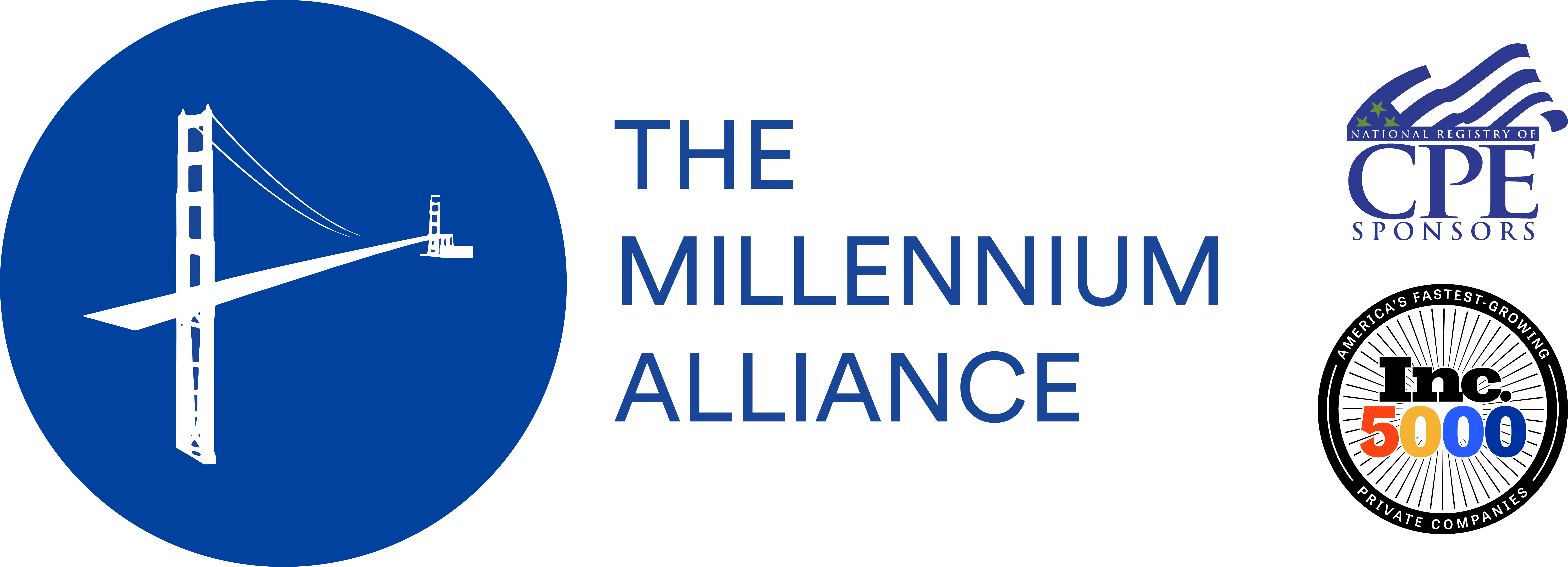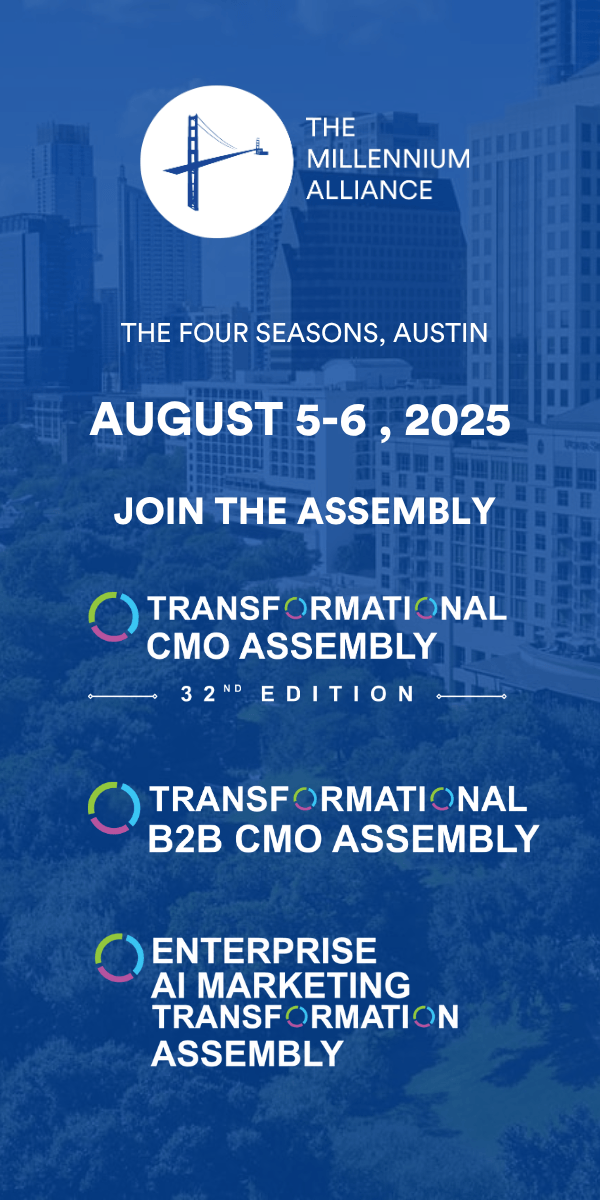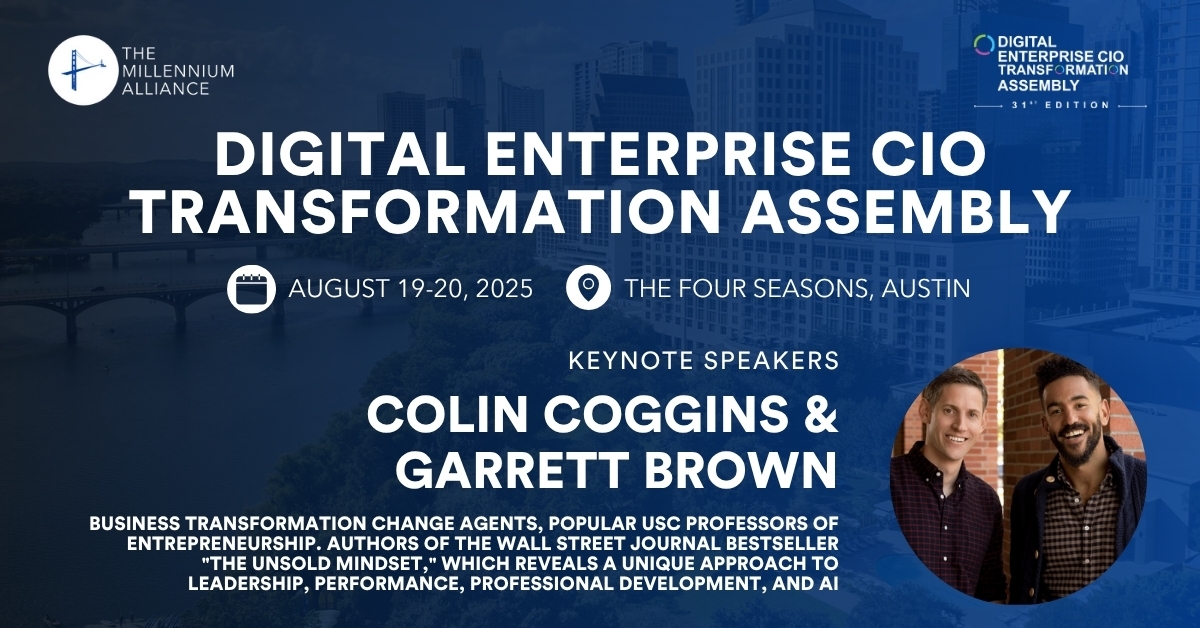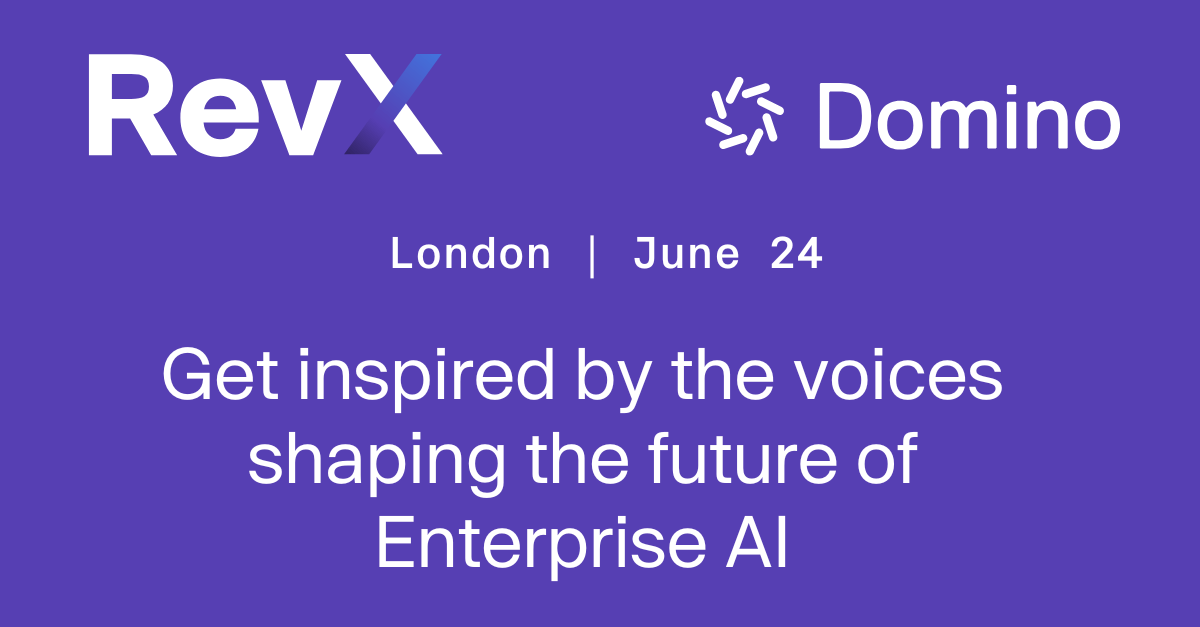Contributed by Stewart Hayes of Rangle.io
Banks are no strangers to disruption in 2022. The tech boom, affecting financial services, insurance, wealth, and most other customer-facing industries is well underway, and enterprise incumbents are faced with a never-ending set of options and challenges. One of the most noteworthy is how to gain momentum in the digitization of both their business and operating models? Which leads to an even more difficult question for many companies: Do we buy or build our digital solutions?
Banking applications and online platforms are still offering one-size-fits-all services to their customers, despite the wealth of individual customer data the banks are sitting on. Younger companies in the space, not burdened by legacy systems, including a data architecture designed for products and workflows, not digital experiences, are already seeing the benefits of offering personalized experiences. This includes offering customers real-time updates on their investments, opportunities for one-on-one advice with a customer service representative, or specific financial products based on their activity and history.
What these market entrants don’t have that the venerated financial institutions do, is a dedicated client base. But this is changing, with increased momentum for the next generation of customers, employees, and partners who, as digital natives, expect, and are willing, to switch to these digital-native financial service providers.
This is leading many banks operating across retail and wealth divisions to acquire startups and bring the digital capabilities they need in-house. In fact, a recent Forrester report suggests that institutions who have been sluggish in their digital transformation will acquire wealthtech companies, as it’s no longer possible for them to compete by building the same capabilities in-house.
“Complacent incumbents will scramble to accelerate innovation by acquiring wealthtechs. Digital technologies and innovation are moving too fast for large, complex wealth management firms to respond quickly by building or enhancing capabilities in-house. Strategic acquisitions like these address talent weaknesses at incumbents, infusing know-how that can spark further innovation and enhancements.”
Predictions 2022: Wealth Management
Still, other reports suggest that it’s not too late for the banks to compete, and they will do so by creating subsidiaries (examples include Eno for Capital One, Simplii for CIBC, and Tangerine for ScotiaBank), that attempt to give them the best of both worlds: Relevancy in the digital era while capitalizing on the trust they’ve built as incumbents in the space.
According to the World Fintech Report 2021, 68% of respondents would try a digital-only bank operated by an incumbent, signaling that the trust these institutions have built is not likely to be eroded by digital-first players anytime soon.
However, leaders in the retail banking and wealth management sectors, wherever they land on the build vs. buy debate, need to recognize that organizational capability is not obtained together with a merger or acquisition. Like any M&A, successful integration involves much more than just in-housing the products, services, and people.
On the face of it, a digital-only subsidiary or fintech acquisition seems like it’s plug and play: The bank gets the workforce, the skills, and can continue to put off the digital transformation of the many layers of legacy technologies that have prevented their entry into the ranks of digital leaders in the first place.
But this is a short-sighted understanding of organizational capability, which is much more than the IP that is created by a subsidiary or acquired in buying a fintech.
Without a rethinking of their leadership and culture, blending the traditional bank team with the fintech or subsidiary team, unblocking silos, and ensuring fast time-to-market will be major issues banks will see on the horizon.
Organizational capability includes leadership performance and culture as noted, but also extends to strategic unity, appetite for innovation, agility, and talent acquisition. Each of these factors is necessary to consider in order for banks to see their investment thrive. For leadership performance, as an example, it’s important to ensure consistency in leadership qualities in all areas of the bank and a clear leadership brand that is differentiated from competitors.
Opportunity & Barrier 1: Talent
This is tied to talent acquisition, which is a risk factor for banks. Top tech talent often shies away from traditional institutions– they fear that their culture is as old as their name, and prefer to work for digital-first companies where agility and innovation are the standards. Especially in the case of acquisition, without care and attention paid to onboarding new employees, the top talent that made the fintech so attractive to the bank will inevitably leave the company and could see the bank struggling to replace them.
Opportunity & Barrier 2: OKRs, KPIs & Metrics
This has been a major problem for traditional institutions, including banks, that have invested considerably in innovation labs. The failure rate of these hubs is as much as 90%, in part due to misalignment with the business, a culture clash where the main bank divisions see the work of the innovation lab as outside of the normal operation of the business, and the innovation lab employees struggle to have their ideas taken seriously. Ultimately, the metrics and KPIs for running a business compared to scaling business innovation are different. It’s here that digital options are most challenged. Applying legacy metrics to innovation objectives simply doesn’t work.
Opportunity & Barrier 3: Risk Tolerance
Another threat to employee happiness tied to this problem is a risk-averse culture that sees innovation as optional. The very caution that has seen banks put off digital transformation efforts as long as possible will have the cream of the tech talent seeking jobs elsewhere.
Innovation includes customer focus, and every shift away from a customer-centric approach will spell trouble for a bank trying to build capability for digital innovation. This point includes strategic unity: A feeling that all teams are pulling in the same direction, and that employees, whether part of the fintech or the bank’s subsidiary, are as important to the bank as their existing staff and have the opportunity to have their voices heard in equal measure. Creating a culture of listening can go far in ensuring that talent remains with the bank.
Opportunity & Barrier 4: Setting Up for Success
Whether building or buying, there must be a plan for capability building. Focusing on the factors mentioned above, banks may choose to partner with a firm that focuses on capability-building for digital teams and can guide bank executives in their digital transformation efforts.
In acquiring a fintech or building a digital-only bank under the umbrella of the institution, it’s key not to lose track of the reasons: banks must be making these moves in service of the customers that trust them, not because they are motivated by copying their competitors. A focused approach on what benefits their clients will ultimately lead to their digital success, no matter what route they take to serve them.
So where does that leave “financial innovation”? Start by first re-thinking the core purpose of investing in digital innovation, much like any other CapEx or M&A opportunity. What is the impact of the opportunity should it be successful? What if it’s not? Take a serious look at past challenges to integration. Tough questions need to be asked in order to benefit users and fund the process. Innovation is not a goal or objective that has an end date — it’s an iterative process that includes integrating new ways of working, then optimizing and scaling them. Anything less becomes just another story of a failed bank “write-off”.
Organizational capability is the combination of a strong roadmap for the change journey balanced with pragmatic optimism. It’s only with a clear purpose, rooted in impact for users, that talent, ambition, and the right funding can achieve.
This article was created in partnership with Rangle.io, a digital consultancy based in Toronto. Rangle partners with enterprise organizations to solve their most complex technical and strategic challenges. Their expert teams work with clients in two ways: 1) Advisory engagements to produce actionable, results-oriented roadmaps for their client’s most pressing problems; and 2) Product engagements to co-create digital experiences while enabling the acceleration of scale and pace for client organizations. Get more insights from Rangle on their blog.














